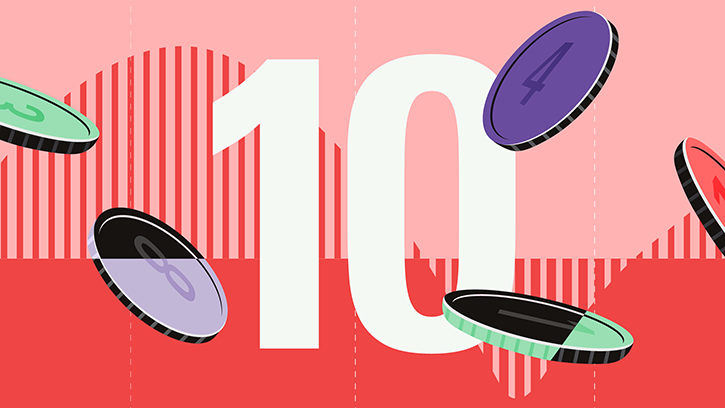
For 13 years Rene Norskov had a Child Trust Fund for his daughter. This was initially with The Children’s Mutual and he opened this account with the £250 voucher provided by the Government. Over the years he has added to this to provide a small nest-egg for his daughter, Isabella.
However, the market for these CTFs shrank considerably when new accounts stopped being issued in 2011. Although existing CTFs continued, a number of providers pulled out of this market. The Children’s Mutual itself closed to new business. Norskov looked to switch the CTF “but there was not much in the way of competition between these products.”
So Norskov, who lives in London and works a senior consultant for a fintech firm, started to look at switching the account into a Junior ISA. These accounts effectively superseded CTFs, although the Government no longer gives parents £250 to invest.
Like normal ISAs there are cash and investment options available. Parents - or grandparents or godparents - can invest up to £4,128 a year without tax being charged on the interest.
“With Junior ISAs there was a much wider choice of investment options. And costs also seemed more competitive. I could pick the funds I wanted to invest in,” Norskov says.
Attractive Fee Structure
After considerable research into the options available, eventually he decided to invest with Orbis.
He says: “I actually first read about this investment in an article on Morningstar. I was attracted to its fee structure and the fact it offered a ‘fee-free option’ for the first year on its Junior ISA.”
He says the ‘fee-free’ offer is particularly attractive to parents like him who have an existing Child Trust Fund.
“There no fees charged for the first year, so I tried to maximise contributions during this year.
“But, more importantly, there are no fees charged on the money invested during this year until the child’s 18th birthday. This means I effectively don’t pay any further investment fees on the money I’ve built up within the CTF; I’ll only pay the fees on any further contributions I make into the account.”
Unlike most Junior ISAs, Orbis levies a performance-related fee. This means that investors only pay fees when the fund outperforms its benchmark. If it fails to outperform then no fees are charged.
Orbis offers a couple of funds, but Norskov invested in the Orbis OEIC Global Equity Fund. As the name suggests this fund invests in a broad spread of global equities.
The performance of this fund has been buoyant with annualised returns of 17.16% over the past three years. Over 10 years the fund has delivered annualised returns of 12.99%. This strong performance has earned the fund a five-star rating from Morningstar.
Norskov adds: “This is a longer term investment so I am prepared to take a bit more risk. My daughter is obviously older now, so theoretically she can get control of this money within the next five years. But I am hoping this will prove to be a longer term investment.”
Junior ISAs Have Drawbacks
He believes the main disadvantage of Junior ISAs is that the child gets control of this money at the age of 18. He says: “I’m hoping Isabella will be sensible. I’m certainly going to try to influence her to keep it invested so it can be used to help pay off any university debts, or help her get onto the property ladder.
“But there is the risk that some 18-year olds will go a bit astray with these funds.” As a “safeguard” he also invests into a separate savings account, which he is keeping to one side.
When it comes to his own investments, he mainly invests in pensions. He says: “I do find the huge choice of investment options available somewhat daunting. I try to think about which areas might do well in future, then look for funds invest in these sectors.”
He tends to keep his money in lower-charging tracker funds and ETFs, with holdings in Legal & General European Index Trust, iShares US Equity Index Fund, as well as a Danish-based global index fund from SparInvest.
Cheap Index Trackers for EU and US Access
L&G’s European Index Trust has a Bronze Rating from Morningstar. Morningstar analyst Dimitar Boyadzhiev says: “This L&G tracker represents a cheap and balanced way for UK investors to add diversified exposure to Continental European companies.”
iShares US Equity index has a four-star rating from Morningstar, again reflecting strong recent performance against its peers. Many stock market analysts point out that it is harder for active funds to outperform low cost index funds in well researched and developed markets, like the US.
Norskov tries to read investment articles and will always look at Morningstar ratings before investing in a fund.
He says: “I am open to a bit of risk. Most of my investments are for the longer term. But I like to have a mix of higher risk global funds, perhaps with exposure to emerging markets, alongside some safer mixed asset funds.”
Norskov adds: “I’ve always tried to look after my finances and use what savings I have sensibly. In recent years I’ve been thinking more about the future and what I can put in place to support myself and my family."





























